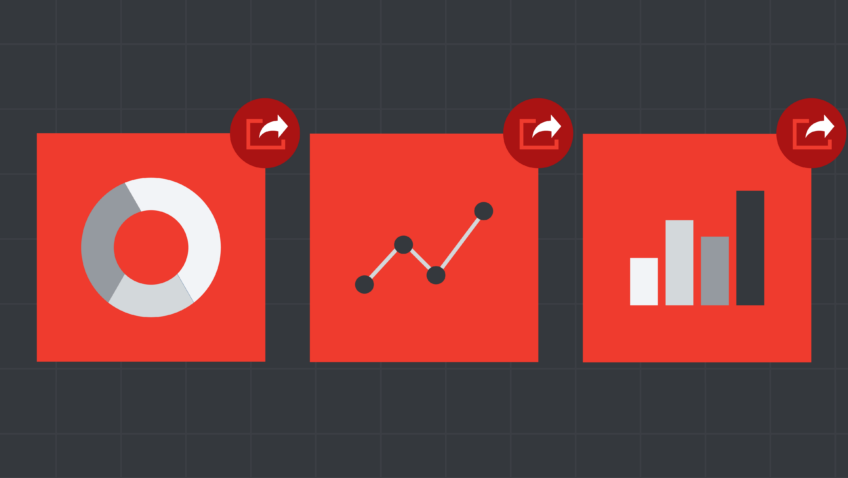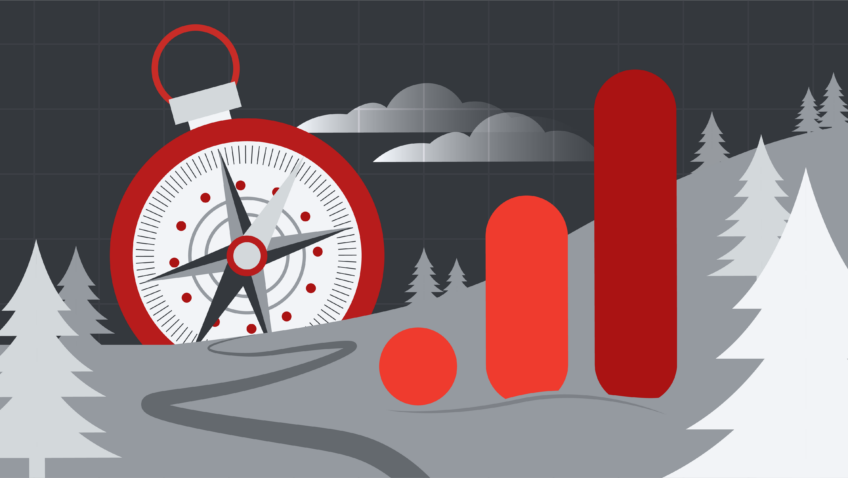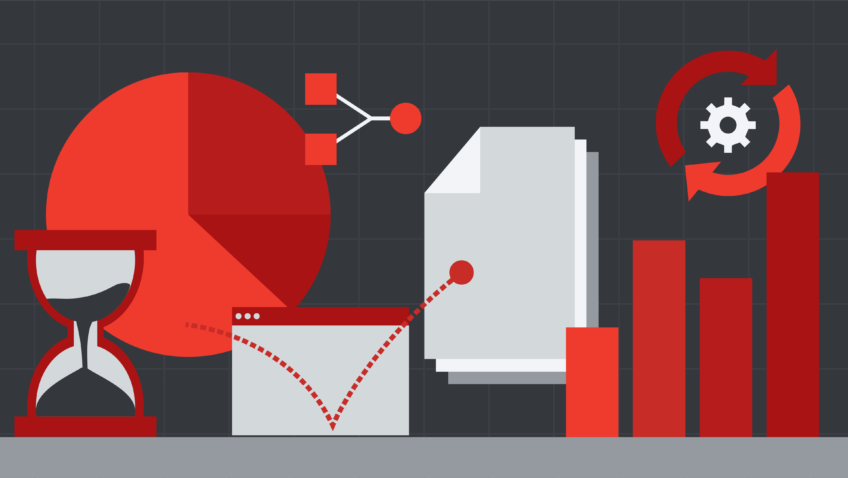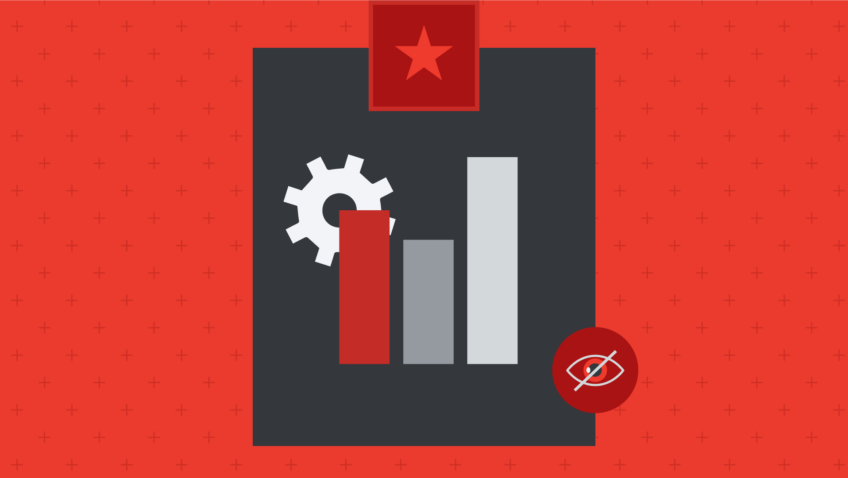Google Analytics: Powerful or Useless? That Depends on You
We asked our Senior Director of Analytics, Yosaif Cohain, to answer some questions on how arts organizations can get the most out of Google Analytics.
How does an organization, with limited time and resources, make sense of all the data available through Google Analytics?
Some organizations think that limited time and resources means they can afford to ignore analytics data. In reality, the exact opposite is true – because you have limited resources, there is less room for error and an urgent need to ensure that every decision is impactful.
Think of your data as an extension of your users’ voice – your users’ behavior is telling you how your site is performing and what they want. You should be using that data to inform your direction, not just to measure your prior work (e.g. if you’re creating new content, look at what previous content and content types received the most traction and had the biggest impact).
Building a dashboard, enabling triggered alerts, and creating goals and content groupings are just a few key setup steps that can make Google Analytics work for you. It’s also important to have defined Key Performance Indicators (KPIs) so that you’re focusing on the right data.
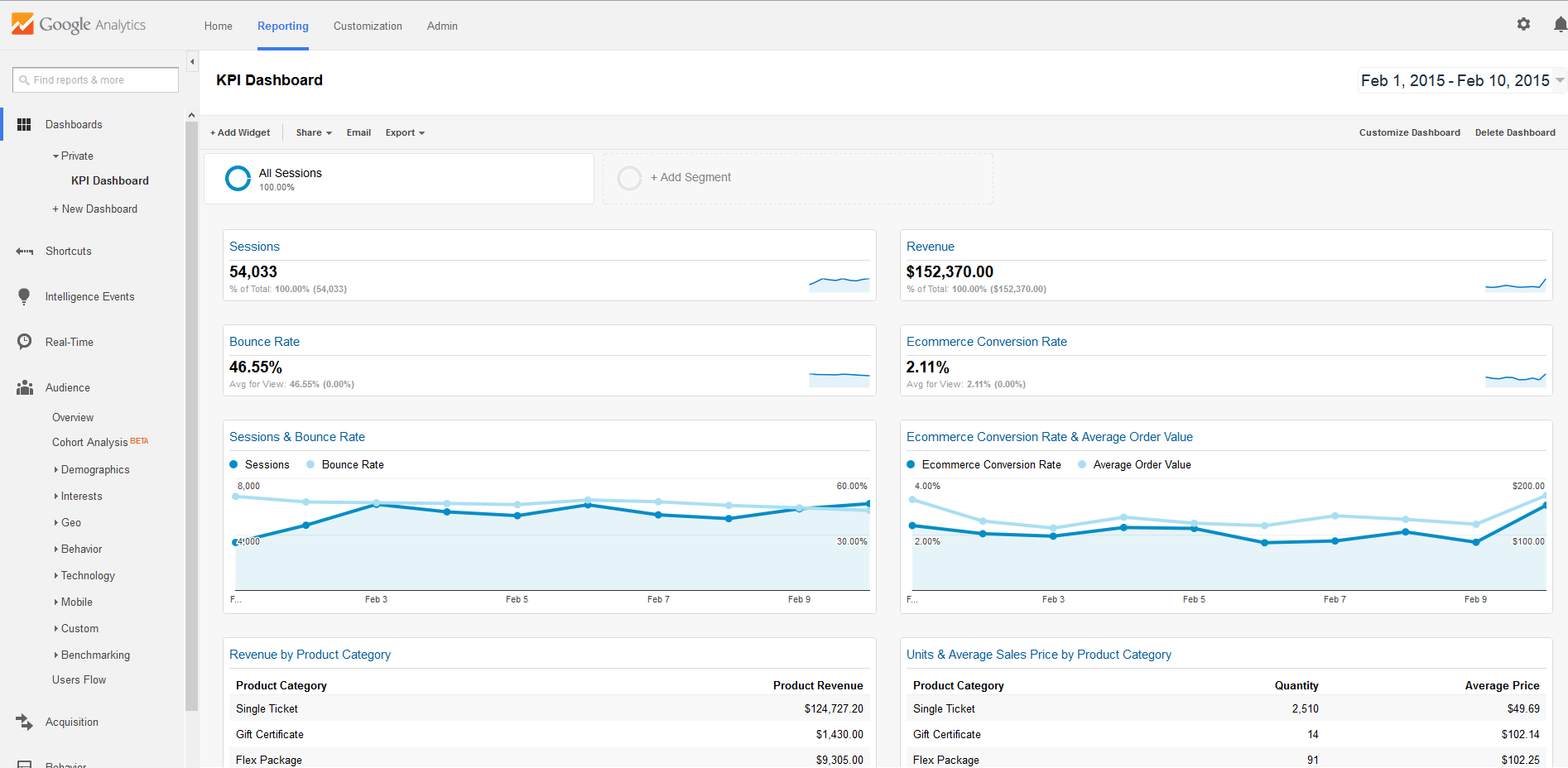
What is Google Tag Manager (GTM)? What are the advantages of using GTM?
Google Tag Manager is a free tool that makes it easy for marketers to add and update website tags—including conversion tracking, site analytics, remarketing, and more— without needing to edit website code.
There are a lot of advantages to using GTM, and every organization should be using it. The biggest advantage of GTM is that it enables marketers to have more control over their tags and less of a reliance on IT. Rather than making a tag request and waiting until someone is available to add it, marketers can add/edit and deploy the tag within minutes without having to write any code. Essentially, GTM creates an integrated, rule-based tagging ecosystem that is accessible to marketers.
One last note about GTM—it is increasingly becoming capable of “detecting” detailed user behavior without requiring any code to be added to the site, so tracking the interactions that tell us so much about how a user is engaging with the site but aren’t captured with default Google Analytics pageview tags becomes very easy to do (e.g. downloading a file, watching an embedded video, interacting with a carousel, etc.).
What is one cool element of Google Analytics people might not know about?
Default campaign tracking in Google Analytics attributes success to the session where a conversion occurs, but we know that users often require multiple sessions before making a purchase.
For example, if a user arrives at the site for the first time by clicking on a banner ad, then later comes to the site via a remarketing campaign on Facebook, and visits another time via organic search and makes the purchase, it’s not accurate to say that all the credit goes to SEO initiatives.
Google Analytics has powerful reports to understand the interconnection of your channels and campaigns, to measure “assisted” conversions, and to see how success varies based on different types of attribution models. All of this can be found in the cool and powerful Attribution and Multi-Channel Funnels reports in Google Analytics.

What is one area where you see the biggest analytics opportunity for arts organizations?
On-site A/B Testing (like Optimizely and Google Analytics Content Experiments) present the biggest opportunity to take action on the insights you uncover and hypotheses you formulate from analysis.
Arts organizations are usually limited with their resources, and many haven’t made website design enhancements in years. Testing new and slightly different approaches presents a big opportunity for improving site conversion and increasing sales.
In the past, A/B Testing software was more expensive and complicated to use and implement, which meant that it was geared towards big corporations, but because it has proven to be such a successful practice, there are now tools available that are more affordable and can be implemented very quickly (some can even be fully implemented via GTM).
Best of all, you can make changes without development or design resources. You can utilize online interfaces to create the test version of the page without having to write any code. There are tons of tests you can create by editing copy, changing text size, and reorganizing content through the online interface. The software allows you to move a lot faster, test hypotheses, and iteratively optimize your site.
{{cta(‘221bd090-10a4-4454-871f-32aaeb1357fc’)}}






